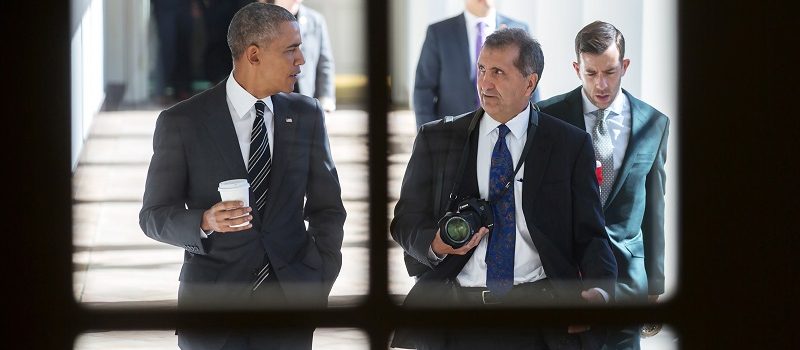Pete Souza had the most unique positions to judge what works and what doesn’t in the White House. He was the Chief Official White House Photographer for President Barack Obama and President Ronald Reagan. As such, when he speaks, people generally listen. Since he landed on Twitter and Instagram, the numbers of followers have steadily increased and yes, he seems to have a photograph to counter every lie from the current occupant of 1600 Pennsylvania Avenue, Donald Trump.
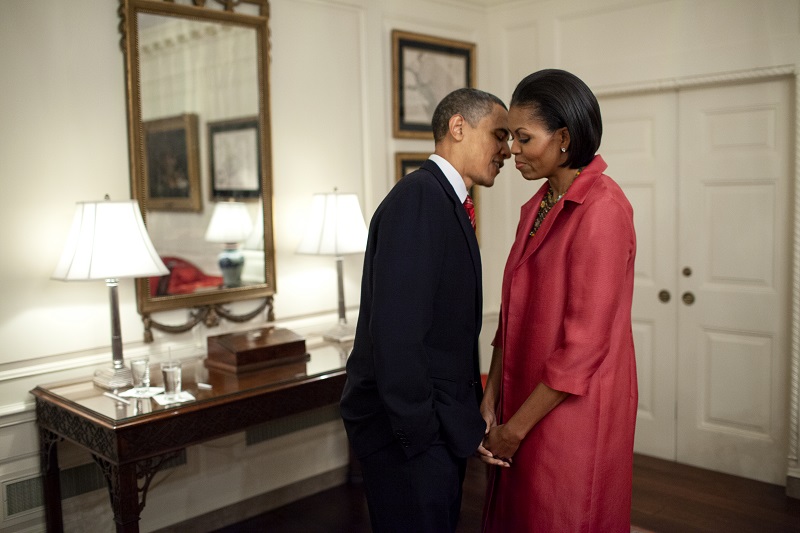
The latest film from documentarian Dawn Porter (Bobby Kennedy for President, John Lewis: Good Trouble) shines a spotlight on Souza and his history, all while enlightening the world as to the history of the position he held for two diametrically opposed (policy-wise) Commanders in Chief. What they shared, as Porter brilliantly portrays in The Way I See It, is an innate caring about the lives of ordinary Americans—something glaringly absent from the current POTUS.
In fact, that is why Souza has spoken up and taken to social media. He feels the urgency of the moment. When there are so many lies emanating out of the White House, the photog “pretty much” has a photo for every single falsehood Trump puts out about Obama. The seriousness and dignity of the office have been also missing from our top leader and after experiencing two White Houses of different parties in Reagan and Obama, there is no better fly on the wall to remind us what we are missing daily.
With the storytelling gifts of Porter, the life of Souza and his time capturing the executive branch with his lens is a landscape filled with hope, patriotism, and most importantly a commitment rooted in the service of others. Of particular resonance is the relationship between Souza and Obama. The two spent a lot of time together for over eight years. After all, the photographer believes that the White House lead visual storyteller’s job is a 24/7 endeavor and as such, it was clear that the president had touched his lead photog on many levels. So much so, that when he saw what was happening with the current administration, Souza started speaking out.
He put out a few books, including 2018’s Shade: A Tale of Two Presidents, and 2017’s Obama. Both sent him around the world speaking on the subject of his books and as Trump continued his all-out assault on the Obama presidency and its legacy, Souza found he had something in his possession that spoke volumes about his former boss and the time was now to get it out to even more of the masses. Nothing does that like the medium of film. When he and legendary documentary filmmaker Porter got together to make this film, Souza found the format one he had been waiting for since he and Obama left 1600 Pennsylvania for the last time in January of 2017.
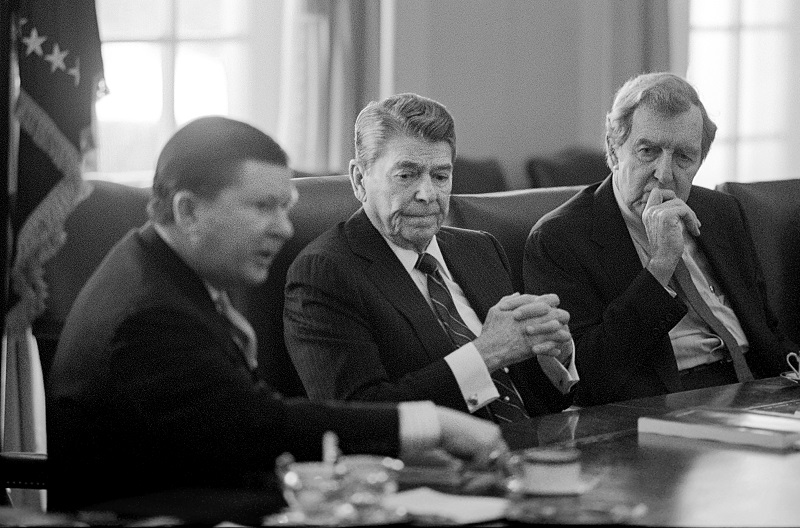
Porter is a master storyteller in the non-fiction realm. She has an innate gift for laying out her tale, or making her case, through her camera lens. The filmmaker also has a gift for getting the richest language out of her interview subjects that paired with her cinematic visuals, can enhance people’s opinions on subjects and even change minds. With The Way I See It, the documentarian has assembled an all-star group of folks to enhance her spotlight on a man who is so much more than a capturer of images. Legendary presidential historian Doris Kearns Goodwin can put things in historical perspective better than anyone and what she provides for Porter’s doc is a unique take on the role of White House photographer and how that has altered over time, as well as how media has changed with cable during Reagan years and social media during Obama’s tenure. Not only was the former a former movie star and was keenly aware of the importance of the image, but he was dialed into the new landscape of 24-hour news and masterfully dealt with those fresh elements to a presidency. The latter entered the White House with blackberry in hand and was determined to work with the Secret Service to ensure his “first smartphone” was safe, security-wise. Goodwin’s insight into how both presidents utilized Souza’s gifts and how the photog’s stellar, emotive stirring images enhanced not only their standing with the public at the time but also their legacy. The historian also brilliantly added that the greatest gift of all for a presidential photographer is to illustrate their human aspect—something that sometimes gets lost as these figures can seem larger-than-life. Porter combines these insights with visual choices that simultaneously elevates both aspects.
Another gift to the doc is the presence of a few others. First is Alice Gabriner, who brings a unique element to the discussion. She’s a photojournalist and as such, paints Souza and what he does in such an informative light. Another is Ferial Govashiri, who was the Personal Secretary to President Obama and gives the viewer a terrific fly on the wall perspective to the photog who was shooting the leader of the free world from that same figurative spot! Former Deputy National Security Advisor for President Obama was Ben Rhodes and his insight into the more sensitive aspects of Souza’s place in the White House is utterly fascinating. There is a lot that the photographer experienced that he can never talk about for national security reasons. One of Souza’s most famous photographs has to be the moment that the United States finally got Osama Bin Laden. You know the shot. Secretary of State Hilary Clinton had her hand over her mouth as Vice President Biden and President Obama stoically gazed at the screen for real-time updates to the mission. It’s one thing to hear about these moments from Souza, but the expertise provided by Rhodes adds layers to the weight of the moment, and thus the photograph.
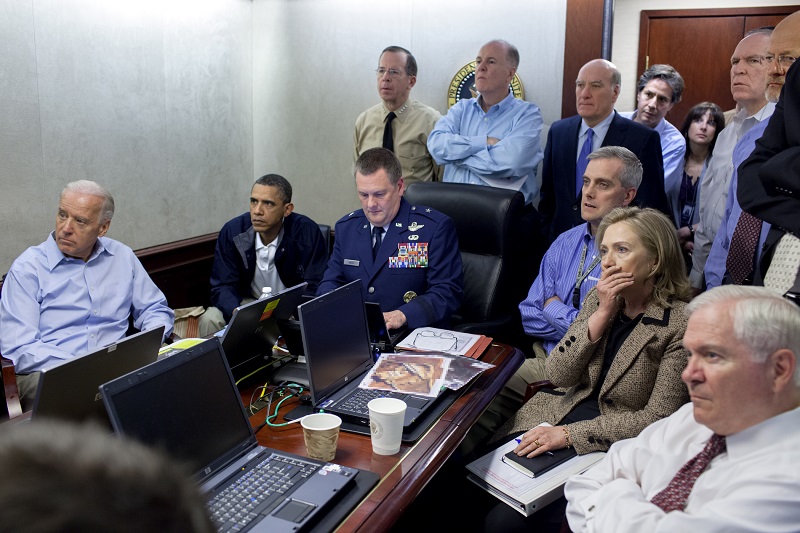
One of the most profound things that arise out of Porter’s portrayal of Souza is how he saw himself in the scope of American history. He worked for the people, the citizenry of the United States. In one aspect, he was their eyes into the Oval Office, and anywhere their leader went and anything he did. In another, Souza had one eye on history as his work provides the visual documentation of each POTUS’ administration. There will be countless history books that will feature his photographs of Obama and Reagan. What’s fascinating is that his work mirrors what Porter brings. He (and she) is there to document and to never insert themselves into the story. Yet, when it calls for it, Souza (and Porter) use their visual gifts to inform the public of the failings of a leader with a fact-based landscape filled with tangible evidence to back up their points, i.e. the image.
Souza’s decision to enter the political fray did not come lightly. He knew that it would forever limit his professional aspirations. Being critical of a president after serving two presidents so closely, as touchingly expressed by Souza’s wife, Patti Lease, removed his ability to serve in that capacity in the future. The fear that the former White House photographer possesses is palpable. He speaks to the number one job of any POTUS, to protect the welfare and safety of the entire nation. POTUS 45 has dangerously executed that aspect of his oath of office and Souza felt compelled, out of a patriotic duty, to speak up and to have a fabled documentarian amplify his call to arms and hopefully to motivate a citizenry to take back the most important descriptor of that white house on 1600 Pennsylvania Avenue—the “people’s house.”
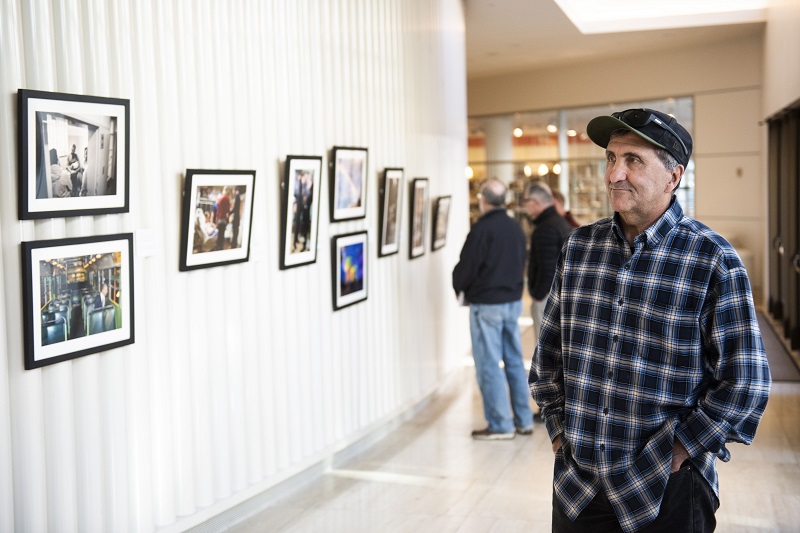
Trump is the first president in decades to not allow the official White House photographer to be in the room when he meets with international leaders or even his own staff. When Souza heard about Trump’s bragging to two Russian officials about firing FBI Director James Comey and the only proof that the meeting even happened came from a Russian photog, the behind the scenes visual artist put down his camera and opened up his mouth and his files.
Grade: A

